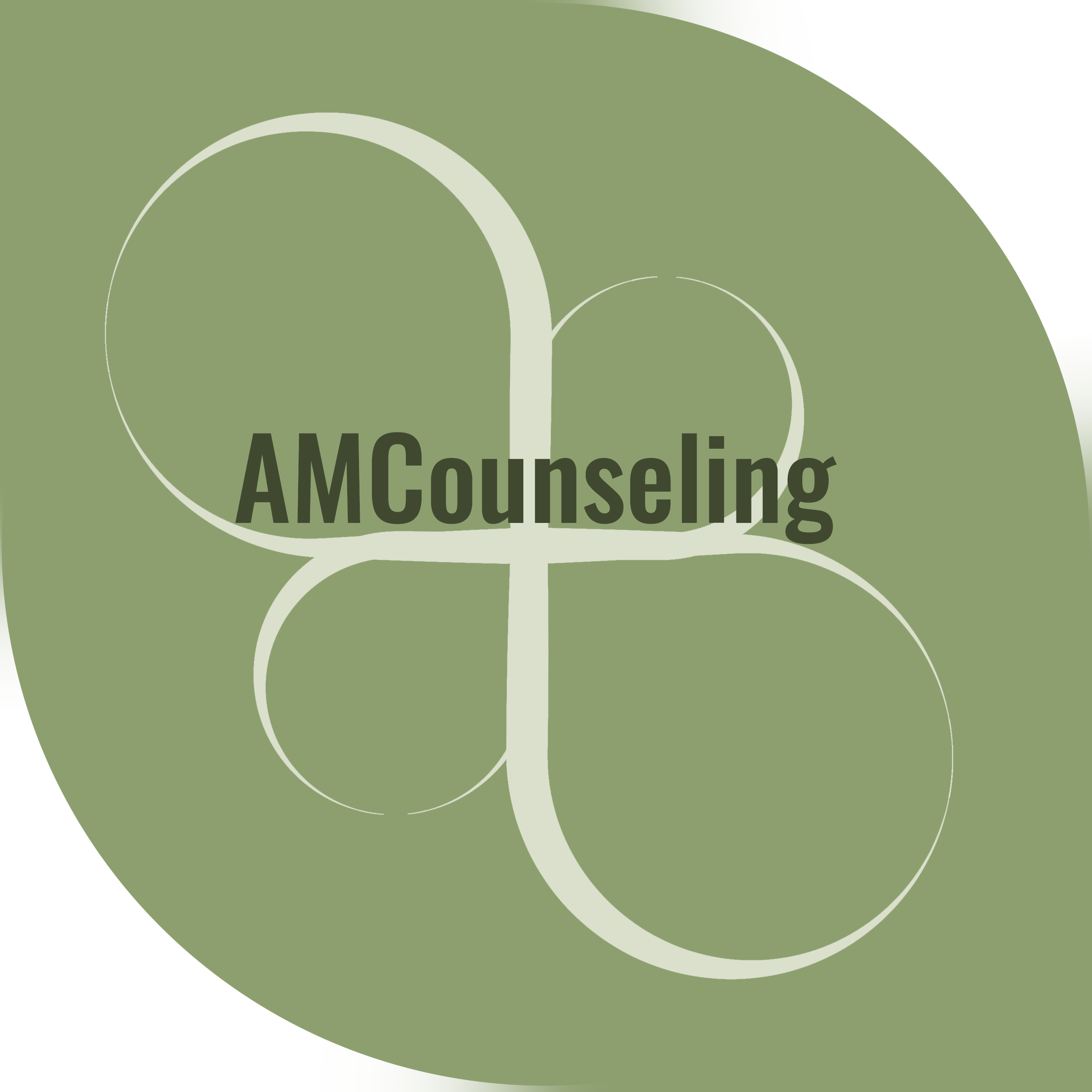Relationships are the cornerstone of human experience, offering support, love, and companionship. However, when certain detrimental patterns recur, they can hinder the growth and fulfillment of both individuals. Understanding these chronic patterns in relationships is the first step toward meaningful change and growth. In this blog, we’ll explore how to identify these patterns, recognize the signs of being in a chronic cycle, and steps to break free from them.
Recognizing Patterns in Relationships
Patterns in relationships often manifest as repetitive behaviors or dynamics that cause distress or dissatisfaction. Recognizing these patterns is crucial for fostering healthier connections.
1. Recurrent Arguments and Conflicts
One of the most evident signs of chronic patterns is recurrent arguments about the same issues. These conflicts often revolve around unresolved problems, unmet needs, or persistent misunderstandings. Pay attention to whether these disputes follow a similar script and never seem to reach a resolution.
2. Emotional Rollercoaster
Relationships marked by frequent emotional highs and lows can indicate a chronic pattern. This volatility can be exhausting and destabilizing, often stemming from deep-seated issues that need addressing. If your relationship feels like a constant rollercoaster, it may be time to examine underlying causes.
3. Consistent Feelings of Resentment or Unhappiness
Persistent negative emotions such as resentment, frustration, or sadness are strong indicators of chronic patterns. These feelings might be a result of unmet expectations, lack of communication, or incompatible values. Reflect on your emotional state and whether these feelings are becoming a norm.
Signs You May Be in a Pattern
Identifying the presence of chronic patterns is essential for making positive changes. Here are some signs that you might be stuck in such patterns:
1. Same Issues, Different Relationships
If you notice that the same issues arise in different relationships, it’s a clear sign of a chronic pattern. This repetition suggests that the underlying problem might be more about your personal tendencies or unresolved issues than about your partners.
2. Feeling Trapped or Hopeless
Feeling trapped in a relationship or hopeless about its future is a significant red flag. This can indicate that chronic patterns are at play, making it difficult to envision a positive and fulfilling future together.
3. Lack of Personal Growth
Relationships should foster personal growth and development. If you feel stagnant or unable to pursue your goals and aspirations, it might be due to chronic patterns hindering your progress. Reflect on whether your relationship supports your growth or if it holds you back.
Steps to Recognize and Break Patterns
Breaking free from chronic patterns requires awareness, effort, and a willingness to change. Here are some actionable steps to help you move towards healthier relationships:
1. Self-Reflection and Awareness
Start by reflecting on your relationship history and identifying recurring issues. Journaling can be a powerful tool to track your thoughts and emotions, helping you spot patterns. Self-awareness is the first step towards making meaningful changes.
2. Communication and Openness
Healthy relationships thrive on open communication. Discuss your observations and concerns with your partner. Aim for constructive conversations that focus on understanding each other’s perspectives rather than assigning blame. Effective communication can pave the way for resolving chronic issues.
3. Seek Professional Support
Sometimes, breaking chronic patterns requires external support. Therapists can provide valuable insights and strategies to address deep-seated issues. Seeking professional help is a proactive step towards change and growth. If you are interested in gaining a different perspective on your relationships and support, reach out https://amandamaurocounseling.com/
4. Set Boundaries and Prioritize Self-Care
Establishing healthy boundaries is crucial for breaking chronic patterns. Ensure that your needs and well-being are prioritized. Engage in self-care activities that nurture your mental and emotional health, reinforcing your ability to maintain healthy relationships.
5. Embrace Change and Growth
Embrace the idea that change is a necessary part of growth. Be willing to let go of old habits and adopt new, healthier behaviors. Personal growth often involves stepping out of your comfort zone, but the rewards are worth the effort.
Conclusion
Recognizing and breaking chronic patterns in relationships is essential for fostering healthy, fulfilling connections. By identifying signs of these patterns, reflecting on your experiences, and taking proactive steps towards change, you can create a foundation for positive and lasting relationships. Embrace the journey of change and growth, and watch as your relationships transform for the better.
Photo by Taha Mazandarani on Unsplash

